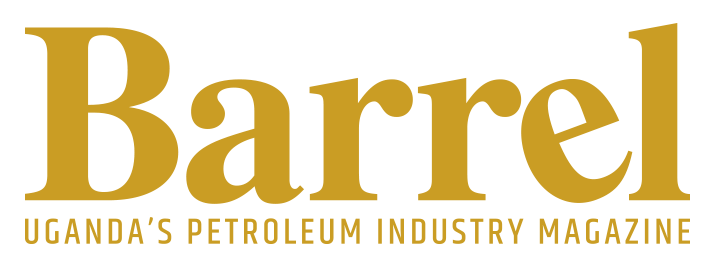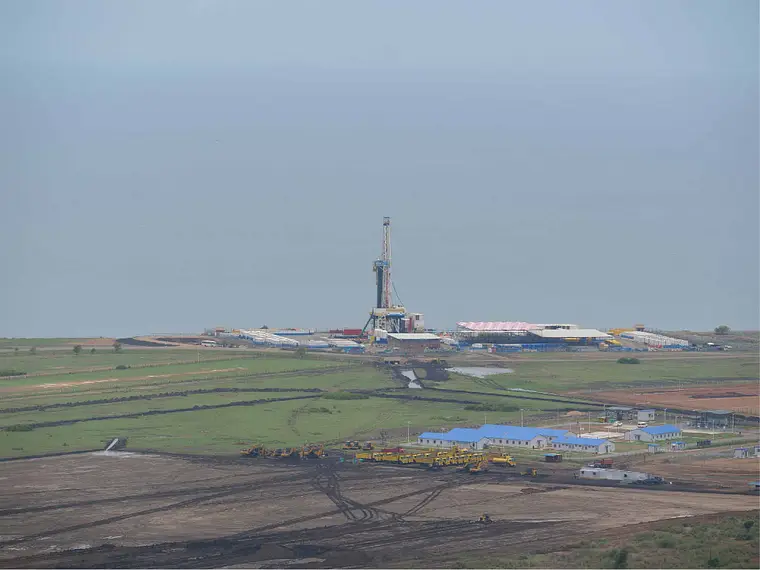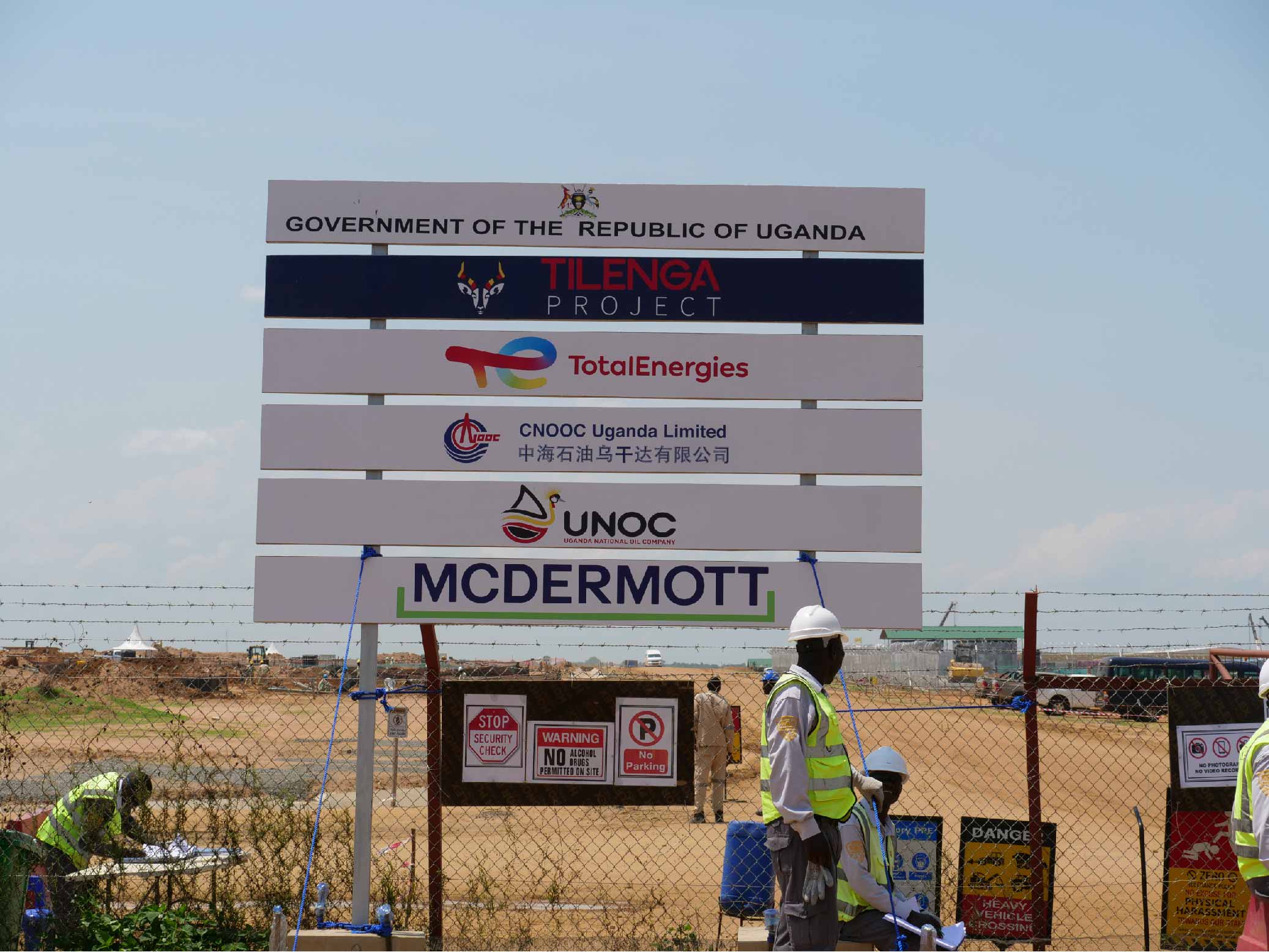Refinery
African Context
According to Statista, Africa is home to 125.3 billion barrels of proven crude oil reserves as of 2021, accounting for about 9.6% of global reserves. Statista also puts Africa’s production of crude at 7.2 million barrels per day in 2021. According to GlobalData, in 2021 Africa had a combined refining capacity of 3.719 million barrels per day with 5 countries (Egypt, Libya, South Africa, Nigeria and Algeria) accounting for 78% of it.
This refining capacity meets about 55% of total demand for refined products in Africa. This means Africa is a net importer of refined petroleum products, which puts it at a grave disadvantage. Africa is very susceptible to volatile fuel prices and disruptions in supply chains, as was witnessed in the 2021-2022 hike in petrol and diesel prices and even shortages in some countries.
According to Oil and Energy trends, African refineries are operating at only 60% of their capacity, because of mismanagement and years of little investment in downstream projects and assets. There are 46 functional refineries in Africa, which compared to other regions is a dismal number. The United States of America alone has 135 refineries.
In recent years, Africa has made efforts to invest in downstream projects to solve the net deficit in refined products. Dangote Oil Refinery (650,000 bopd) which is being built in Nigeria is the world’s largest single train refinery. This refinery will enable Nigeria to meet 100% of its demand for refined petroleum products. Angola is also building two refineries namely, the Lobito Refinery (200,000 bpd) and Soyo Oil Refinery (100,000 bpd). There are also some new refinery projects commencing in North Africa.
East Africa has largely been out of the equation, with only one refinery in Kenya, which has been off stream since 2013. The Kabaale Refinery Project in Uganda follows in this trend and is critical for energy security, not only in Uganda but in East Africa.
A Case for Uganda’s Refinery
From the onset, after the discovery of commercial oil reserves in 2006, the Ugandan government was clear that an in-country refinery is a must-have. Government argued that for Uganda to maximise commercial gain from its 1.4 billion barrels of crude oil recoverable, it had to refine all or some of it in-country. The National Oil and Gas Policy approved in 2008, set a precedence that Uganda should add value to its crude oil through a refinery. In February 2008 the East African Heads of State approved the East African Regional Refineries Development Strategy, which recommended that a new refinery in the region be built in Uganda.
According to Uganda Bureau of Statistics (UBS), Uganda consumes the equivalent of 37,000 barrels of crude oil daily and that consumption is growing at a steady annual rate of 7%. The government has insisted that a local refinery would meet 100% of domestic consumption of petroleum products and serve the East African regional market. This would cushion Uganda and East Africa against supply chain related price volatility and ensure energy security.
In 2010 Uganda contracted Foster Wheeler, an engineering firm from the United Kingdom, to do a feasibility study of a refinery in Uganda. Foster Wheeler’s findings showed that construction of a refinery with 60,000 bpsd capacity and hydrocracker cocker or Fluid Catalytic Converter configuration would be feasible. According to Foster Wheeler, the refinery would need an initial capital cost of 4.3 billion USD with a full project Internal Rate of Return of 23% and a post-tax return of 33%.
The Albertine Graben Energy Consortium (AGEC) was selected as the lead investor for Uganda’s refinery project and pre-FID activities for building a refinery in Uganda began. The AGEC consists of four different companies namely: YAATRA Africa, Nuovo Pignone International, Lion Works Group Ltd and Saipem p.A. Once complete, the refinery is expected to earn Uganda a revenue of US$ 2 billion annually and save the country US$ 1.23 billion currently spent in foreign exchange every year.
Status Update of the Refinery Project
Saipem an Italian energy company, which is part of the consortium, was contracted to carry out the Front-End Engineering Design (FEED) and the Engineering Procurement Construction (EPC) for the greenfield refinery. The FEED has been completed and approved by the Uganda government and detailed engineering design has begun.
Atacama Consulting Ltd, in partnership with Det Norske Veritas (DNV) Ltd, were contracted to carry out the Environment Social Impact Assessment (ESIA) which is 97% complete as of September 2022. Government is also at the tail end of negotiations on Shareholder Agreements, Implementation Agreements and Crude Supply Agreements, which together with the completion of the ESIA will set the stage for the refinery project’s Final Investment Decision (FID) scheduled for the first half of 2023. The refinery is expected to come online in 2027.
A Closer Look at the Proposed Kabaale Refinery
The Kabaale Refinery will be located in the Kabaale Industrial Park (KIP) in Buseruka sub county Hoima District. It will have capacity to process 60,000 barrels of crude oil per stream day. The refinery will be private sector-led, with the AGEC consortium being the majority shareholder. The Uganda Refinery Holding Company Ltd (URHC) a subsidiary of the government-owned Uganda National Oil Company (UNOC) will hold 40% shares.
Refinery Feed
The refinery feed will be the Albertine crude via a pipeline from the crude oil export hub in the Kabaale Industrial Park. Like all crudes, the Albertine crude contains thousands of compounds, hydrocarbons, certain metals, inorganic compounds, sulphur and many more. It has Sulphur content in the magnitude of 0.11% ww and API gravity range 15.8o–33o with a pour point of 40oC. It is, therefore, described as sweet intermediate to heavy and waxy and solid at room temperature. It’s True Boiling Point (TBP) curve profile is as follows: Initial Boiling Point (IBP) 36oC; 50% distilled at 472oC; Final Boiling Point (FBP) 915oC. Its light end composition (C1-nC4) is 28% of entire crude.
Refinery Products Specification (Source: Uganda National Oil Company)
LPG Specification
| Compounds | Molar composition |
| C=C | <0.3 |
| C2 and lighter | <0.03 |
| C3 and C4 | 0.65 |
| C5 and heavier | <0.02 |
Gasoline Specification
| Regular Gasoline | Premium Gasoline (Euro V) | |
| Research Octane Number (RON) | >93 | >95 |
| Reid Vapour Pressure (RVP) | <65kPa | <60kPa |
| C=C | <18 vol % | <18 vol % |
| Aromatics | <42 vol % | <35 vol % |
| Benzene | 1 vol % | 1 vol % |
| Sulphur | 50pmm w | 10pmm w |
Diesel specification (Euro V – Summer Grade)
| Centane Number | 51 |
| Sulphur | <10ppm w |
| Flash Point | >55oC |
Jet A-1 Fuel
| Aromatics | 25 vol % |
| Flash Point | >38oC |
| Freezing Temperature | -47oC |
The resulting fuel oil will be exported without further processing. No Bitumen will be produced. The refinery will have its own dedicated power station and will be backed up with power from the national grid.
Refinery Design
To achieve the product specification above, the Ugandan government has opted for the Residue Fluid Catalytic Cracker (RFCC) configuration. Since the Albertine crude is intermediate to heavy, the use of RFCC technology will convert the less valuable heavy gas oil to the more valuable gasoline and distillate fuels.
References
Carpenter, J. W. (2021, 09 21). The Main Oil Producing Countries in Africa. Retrieved from investopedia.com
Department, S. R. (2022, 08 23). Oil refinery capacity in African countries. Retrieved from Statista.com: https://www.statista.com/statistics/1192530/oil-refinery-capacity-in-african-countries/
GlobalData Energy. (2022, May 5). Egypt led Africa’s refining capacity growth during 2016-2022. Retrieved from offshore-technology.com: https://www.offshore-technology.com/comment/africas-refining-capacity-growth/
Kamer, L. (2022, 10 21). Proved crude oil reserves in Africa by main countries 2021. Retrieved from statista.com
Ministry of Energy and Minerals Development Uganda. (2011). Uganda Refinery Summary Report. Kampal: Ministry of Energy and Minerals Development.
Mugerwa, D. M. (2019). Revised EAC Harmonized Fuel Standards. Nairobi: Uganda National Oil Company.
N.Sonnichsen. (2022, July 7). Oil production in Africa 1998-2021. Retrieved from Statista.com: https://www.statista.com/statistics/265197/oil-production-in-africa-in-barrels-per-day
Petroleum Authority of Uganda. (2022, 10 22). The Uganda Refinery Project. Retrieved from pau.go.ug: https://www.pau.go.ug/the-uganda-refinery-project/
Wiley Online Library. (2018). Africa looks to ne
Barrel Magazine is a corporate magazine covering the Petroleum Industry in Uganda/East Africa with a global perspective. It is the first of its kind in Uganda, providing a quarterly in-depth update across the oil and gas industry value chain.
Kingdom Kampala, W13 6th Floor, Nile Avenue Kampala.
info@barrelmagazine.com
© 2024 Barrel Magazine - Uganda's Petroleum Industry Magazine.




